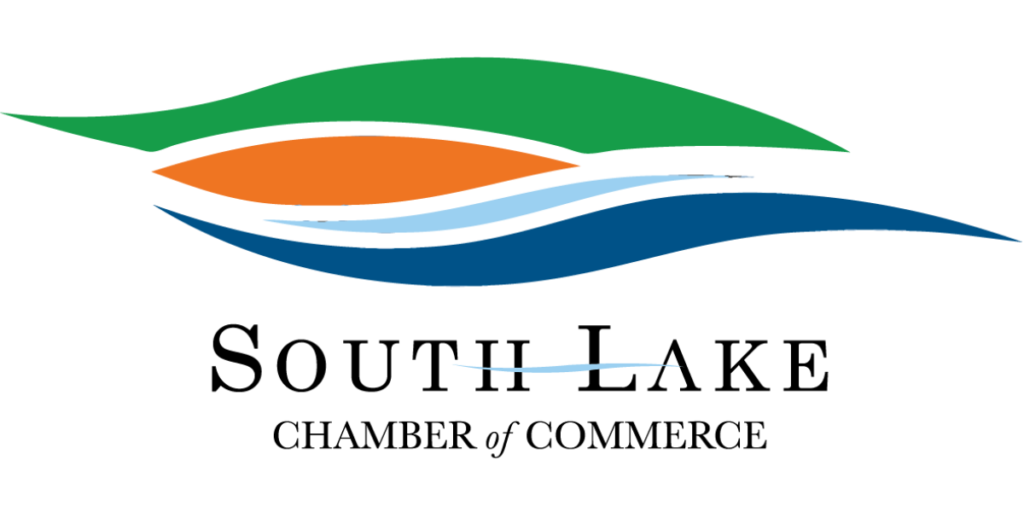
South Lake County experienced one of its early boom periods after the Civil War, when many pioneers were motivated by the offer of free land by the Homestead Act of 1862 and the desire to start a new life with their families. Railroads connected the eastern seaboard with Florida in the 1880s and brought a large influx of new residents. Rail lines between Sanford and St. Petersburg in addition to smaller lines, such as the Tavares & Gulf, brought visitors and new commerce to the communities of Montverde, Clermont, Minneola, Taylorville, (which later became Groveland) and Mascotte and the area prospered. Clermont became known as the Tomato Capital of Florida. A few miles north of Groveland, dozens of wealthy northerners started what was to be an enclave of mansions or villas known as Villa City.

The Great Freeze during the winter of 1894 and 1895 nearly ended the thriving South Lake communities and turned Villa City into a ghost town for many years to follow. Those who stayed survived mostly on wild game, fish and their own gardens. The experience encouraged what were already tight knit communities to continue to turn to each other for help. As South Lake entered the 20th century, the communities experienced new growth as developers started promoting the area to northerners and many Midwesterners, touting the ideal living conditions, agriculture and health benefits. Newspapers and churches sprang up among the burgeoning business community.

During the 1920s, South Lake, like much of Florida and the rest of the country, experienced an unprecedented boom with land exchanging hands sometimes several times in the same day. Groveland became home to the largest sawmill in the southeast United States, as the Arnold Sawmill became the area’s largest employer. Fortunes were made and then lost as the boom era was replaced by the Great Depression.

During World War II, Clermont was home to an Army Signal unit. From the 1940s through the 1970s, citrus was king; South Lake was a canvas of green and orange. The air often smelled like perfume and tourists flocked to see the new Citrus Tower in Clermont, built in 1956. Triple freezes in the 1980s changed the landscape and economy forever.

Today, the rolling hills are replaced by modern subdivisions and active retirement communities. New industries, such as agritechnology, along with traditional ones, such as healthcare and construction, drive South Lake’s robust economy. As Walt Disney World Resort, Universal Studios Orlando and SeaWorld arrived on the scene, the unique Four Corners area formed.
While South Lake enjoys progressive municipal governments, the communities also cherish their historic pasts, preserved in Clermont’s Historic Village and Groveland’s Historical Museum, among other landmarks, such as the Clermont Woman’s Club and the Edge House, both on the National Register of Historical Places.
